Embark on a culinary journey beyond the big city and you open up a world of flavours, stories and traditions deeply rooted in the heart of regional Australia. And if it’s a journey that puts community and sustainability – as well as incredible flavours – at its heart, what could be better? Well, that’s what paddock to plate is all about. Paddock-to-plate dining isn’t merely about consuming; it’s a celebration of the land and the people who work on it.
So let’s delve into the paddock-to-plate experiences you can discover beyond the city limits.
Bon appétit!
Hors d’oeuvres: What is paddock to plate?
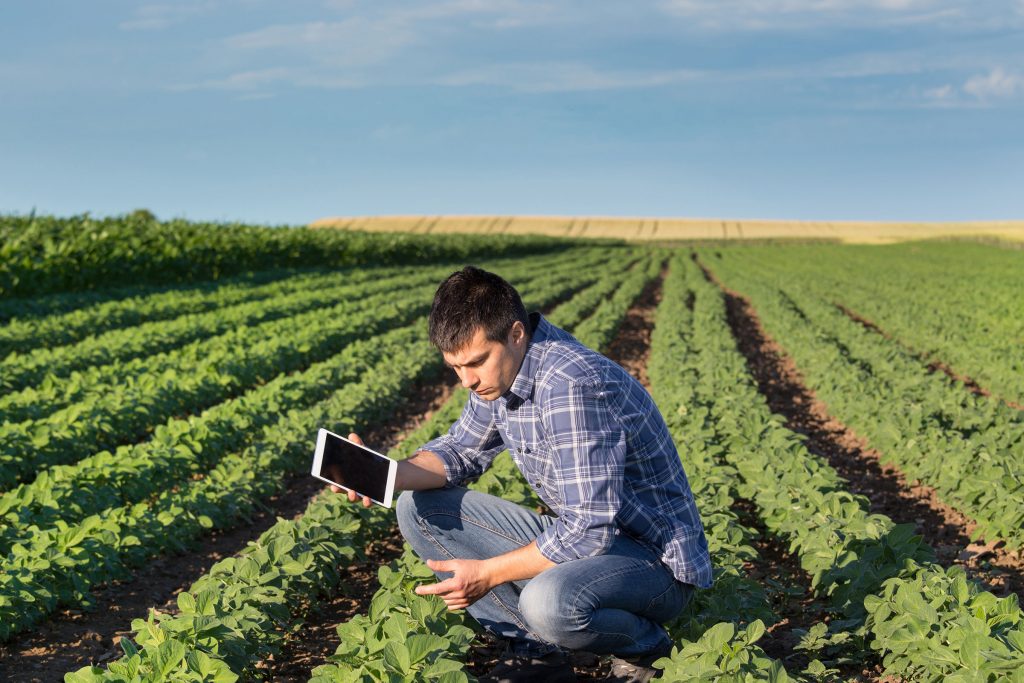
Paddock to plate focuses on the journey that food takes from the fields to your table. Knowing where your ingredients come from and how they’re produced. It’s a movement that champions transparency, sustainability and forging a connection between producers and consumers.
So when you embrace paddock to plate, you’re not just eating; you’re making a statement about supporting local farmers and reducing your carbon footprint – all while enjoying the freshest, most flavourful food possible.
At its heart, paddock to plate is about making informed choices that benefit both you and the environment, while celebrating local ingredients and promoting a healthier, more resilient food system for everyone.
Entrée: Why is the concept important?
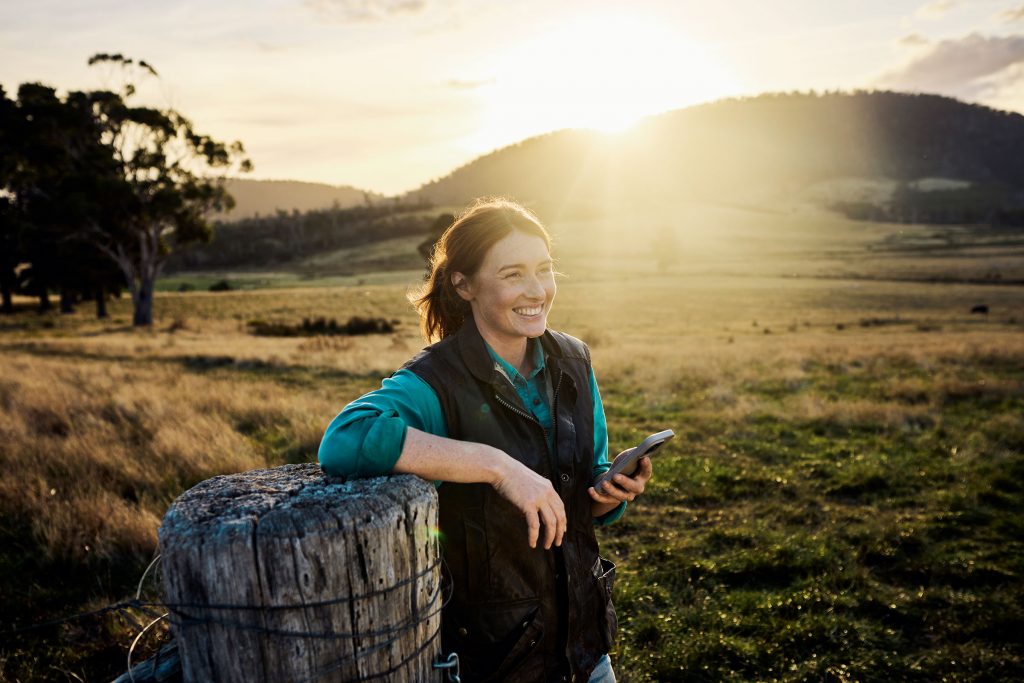
Embracing the paddock-to-plate concept benefits the eater and the food ecosystem in a variety of ways.
Firstly, it champions transparency and traceability throughout the food supply chain. As a consumer, you want to know about the origins and methods behind your food. Paddock-to-plate practices empower farmers and producers to forge direct connections with you, offering visibility into every facet of food production, from cultivation to delivery. This transparency cultivates trust, so you can make informed decisions about the food you consume and its broader ethical and environmental impacts.
Moreover, the paddock-to-plate ethos champions sustainability and bolsters local economies. By sourcing food locally, we minimise the distance it travels from farm to table, and reduce the associated carbon footprint. So, by supporting local farmers and producers, you contribute to the resilience of agricultural communities, safeguard farmland and encourage biodiversity. It’s linked to the notion of a ‘locavore’. This is someone who primarily consumes food that is locally produced or sourced from nearby regions.
Additionally, paddock to plate prioritises using seasonal and locally available ingredients. Not only does this keep costs down, it also means chefs (and home cooks) are constantly adapting to reflect the specific bounty of each season and region. Which means fresh, flavourful food that’s fun to eat.
Main: Why regional Australia is the best place to experience paddock to plate
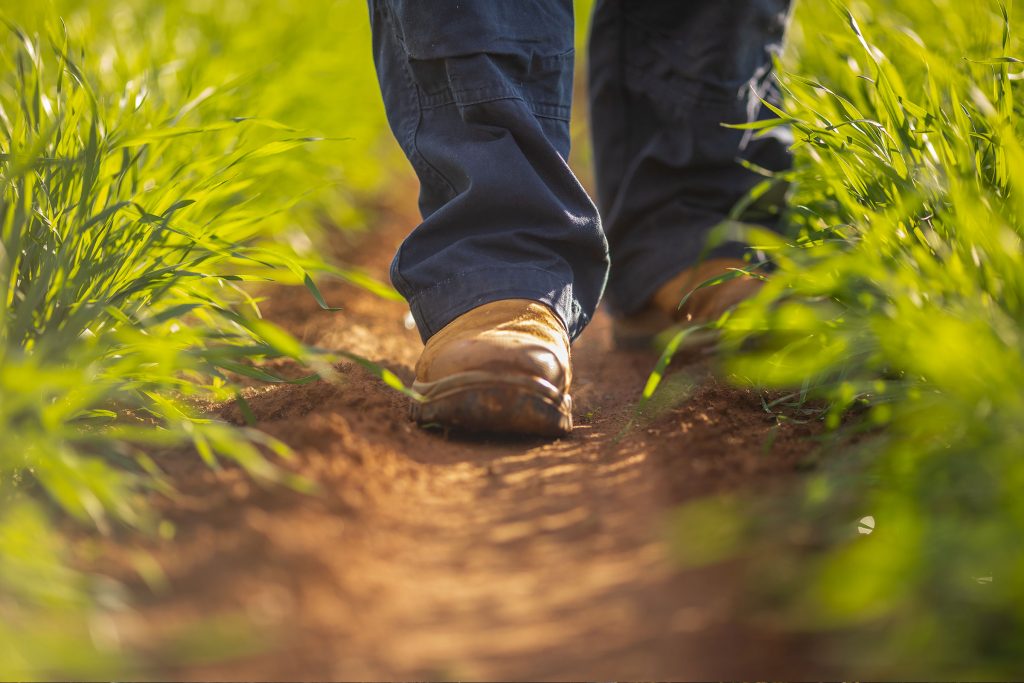
Regional Australia serves as the beating heart of paddock-to-plate dining. It’s got so much to offer – and different regions have their own culinary characteristics. Plus, you’re dining in the heartland of food production.
You can think of the French notion of ‘terroir’ – the unique flavours that are imparted to food and wine by the landscape, the soils and the weather it’s produced in. Meaning in the midst the sprawling landscapes and sun-drenched fields of regional Australia lies a tapestry of agricultural diversity and culinary innovation for you to explore.
From Wagga Wagga, smack bang in the middle of Australia’s ‘Food Bowl’, to Orange, where elevated vineyards produce unique cool-climate wines – in regional Australia, the land dictates the menu.
But paddock-to-plate dining in regional Australia is more than just about the food – it’s about the people behind it. It’s about the farmers who rise with the sun, the artisans who craft cheese with passion and precision, and the vintners who coax liquid magic from the soil. It’s about the stories woven into every harvest, the traditions passed down through generations, and the bonds forged over shared meals.
Moreover, regional Australia offers a haven for those seeking authenticity and connection in an increasingly fast-paced world. Here, you can escape the noise of the city and immerse yourself in the rhythms of a more natural life. Wander through farmers’ markets. Dine at farm-to-table restaurants. And forge connections with local producers.
Dessert: Paddock to plate experiences in NSW
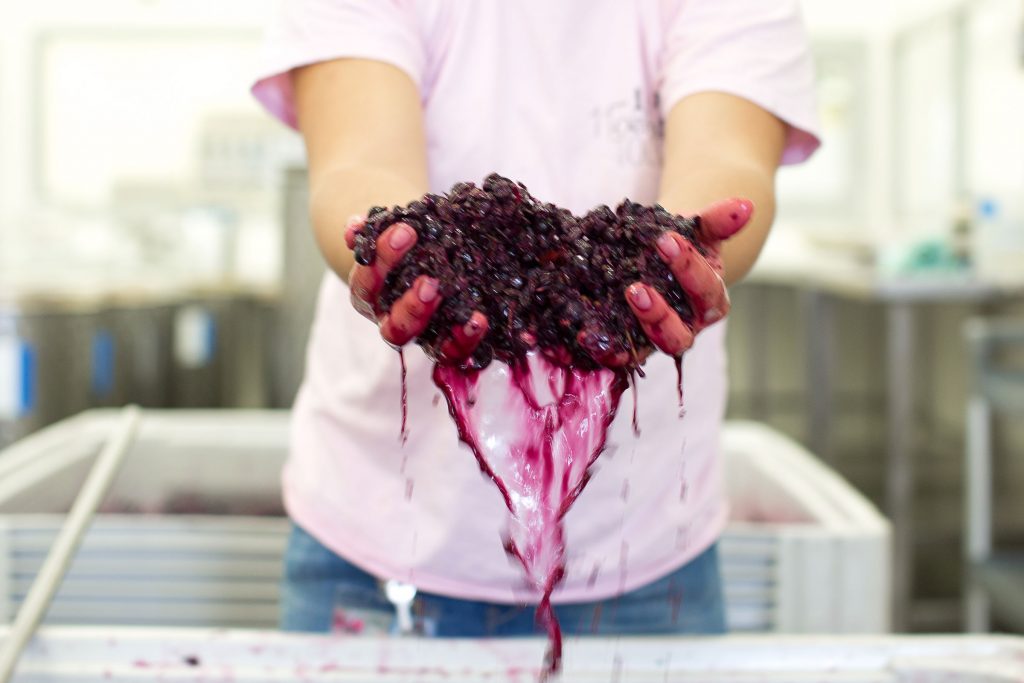
Here are just some of the ways to enjoy paddock to plate in New South Wales.
- Farmers’ markets: Regional towns across NSW host farmers’ markets where local producers sell their produce directly to consumers. Markets such as those in Orange, Wagga Wagga and Dubbo offer a wide variety of locally grown fruits, vegetables, meats, dairy products and artisanal foods – all of it seasonal, all of it delicious.
- Farm-to-table restaurants: Many restaurants in regional NSW embrace the paddock-to-plate concept by sourcing ingredients directly from local farmers and producers. Establishments like The Zin House and the Pipeclay Pumphouse in Mudgee, and Groundstone in Orange prioritise locally sourced, seasonal ingredients to create their menus.
- Community supported agriculture (CSA) programs: CSA programs allow consumers to purchase shares of a local farm’s harvest in advance. Then they receive regular deliveries of fresh produce throughout the growing season. You might also get farm tours and social functions thrown in too. It’s a serious win-win situation.
- First Nations bush food tours: Guided by knowledgeable First Nations hosts, you’ll delve deep into Australia’s cultural heritage and ecological richness. These tours resonate profoundly with the paddock to plate philosophy. They highlight the journey of food from its source to your table. These foods offer a narrative of sustenance deeply rooted in the land and its custodians. It’s an interconnectedness between the environment, culture and sustenance.
- Food and wine trails: NSW boasts scenic food and wine trails that highlight the region’s agricultural heritage and culinary pleasures. These can be self-navigated and will typically take you to visit local producers – whether farmers, artisanal producers, wineries or breweries. You meet the people behind the food, where they produce it. Plus, taste it, of course! Check out the variety of trails you can try around Port Macquarie.
Digestif: The best of regional Australia
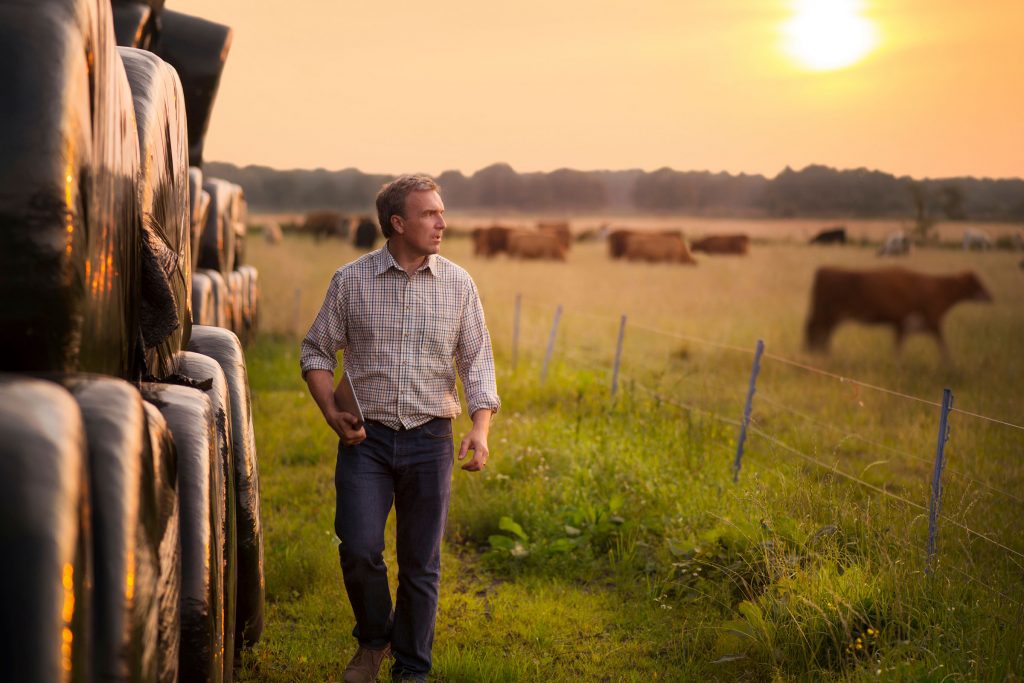
Regional Australia doesn’t just provide the perfect panorama to enjoy paddock to plate experiences; there’s a lot going on. And Charles Sturt is at its heart. Discover what our campus cities are all about. And how our students, grads and researchers are contributing to the future of agriculture in our regions.


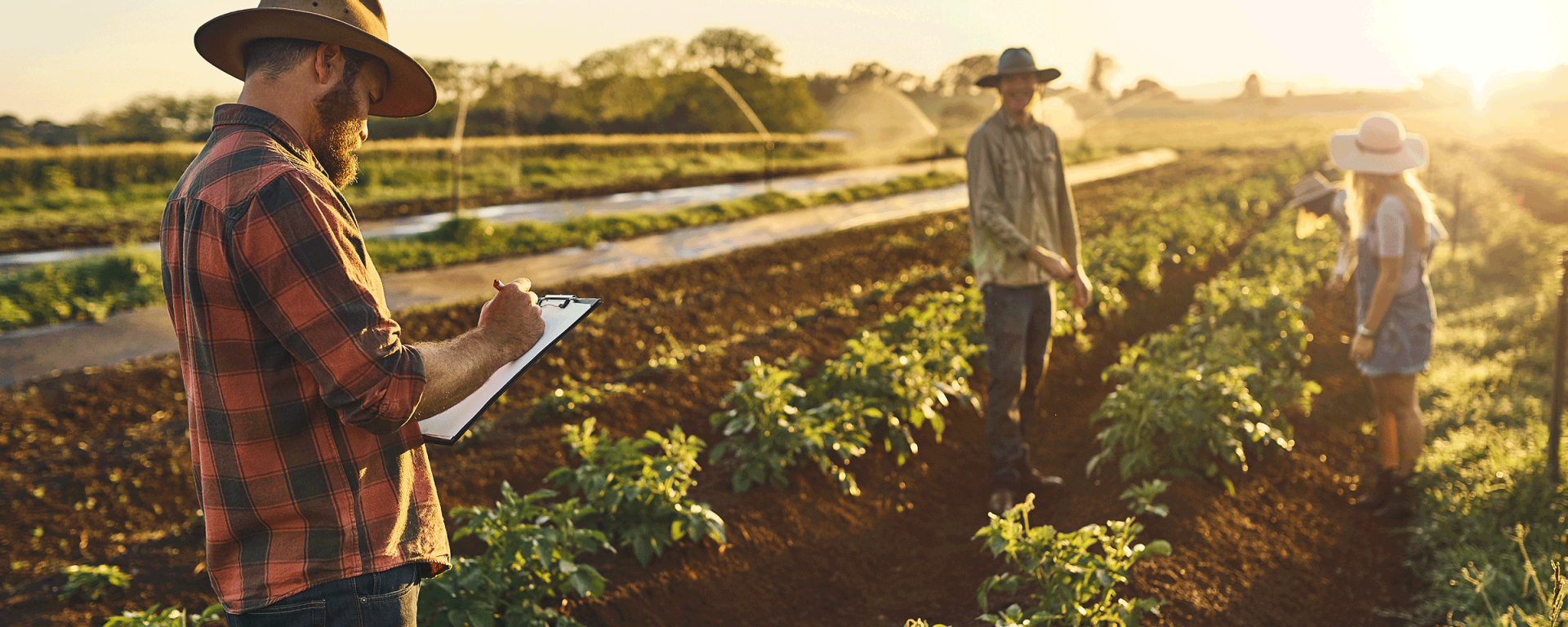
You must be logged in to post a comment.